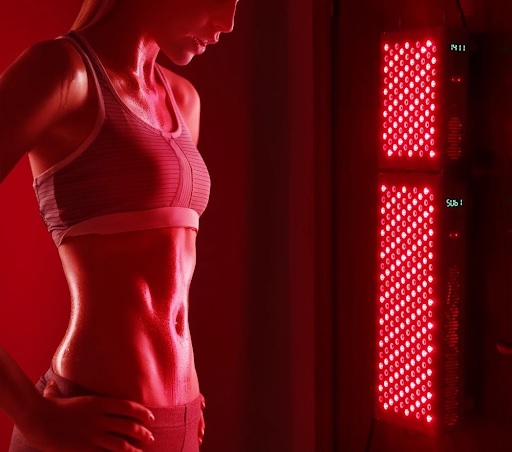Introduction
Seasonal Affective Disorder (SAD) is a type of unhappiness that happens during the winter months when there is less sunlight. It can cause feelings of fatigue, sadness, and a lack of motivation. But there is hope for those who suffer from SAD – light therapy lamps! These lamps mimic natural sunlight to improve mood and alleviate symptoms. In this blog, we will dive into the world of light therapy lamps and how they can help shine a light on Seasonal Affective Disorder.
- What is Seasonal Affective Disorder?
- How do Light Therapy Lamps Work?
- Benefits of Using Light Therapy Lamps
- Types of Light Therapy Lamps
- How to Use Light Therapy Lamps
- Key to Consider When Choosing a Light Therapy Lamp
- Risks and Precautions
What is Seasonal Affective Disorder?
Seasonal Affective Disorder (SAD) is a type of unhappiness that happens during the winter months when there is less sunlight. It affects around 10 million Americans, and symptoms can range from mild to severe. Some common symptoms of SAD include low energy, changes in appetite or sleep patterns, and care of desperation or irritability.
How do Light Therapy Lamps Work?
Light therapy lamps work by mimicking natural sunlight. They emit bright light that is used to regulate the body’s internal clock, also known as the circadian rhythm. An increase in this bright light can help decrease the production of melatonin (a hormone that makes you feel sleepy) and increase the production of serotonin (a neurotransmitter that affects mood).
Benefits of Using Light Therapy Lamps
Light therapy lamps have been shown to be an effective treatment for Seasonal Affective Disorder. They can help improve mood, increase energy levels, and promote better sleep. Additionally, they are a non-invasive and drug-free treatment option, making them a safe choice for those suffering from SAD.
Types of Light Therapy Lamps
There are a variety of types of light therapy lamps available in the market, including portable ones and those meant for home use. The most common type is a white light box that emits fluorescent light. Other options include dawn-simulating devices, which gradually increase the intensity of light to mimic sunrise and blue-light therapy, which uses a specific type of light to treat SAD.
How to Use Light Therapy Lamps
It is recommended to use light therapy lamps for about 30 minutes every day, preferably in the morning. It is important to follow the instructions provided by the manufacturer and consult with a medical professional before starting any treatment. Some people may experience side effects such as eye strain or headaches, but these are usually temporary and can be decreased by adjusting the distance and duration of use.
Key to Consider When Choosing a Light Therapy Lamp
When choosing a light therapy lamp, it is important to consider factors such as intensity, colour spectrum, size, and cost. The recommended intensity for treating SAD is 10,000 lux (a measure of light intensity), but some people may benefit from lower levels. The colour spectrum of the light should also be considered, as some people may respond better to blue light, while others may prefer a softer white light. It is also important to choose a lamp that is the right size for your needs and fits into your daily routine, as well as one that fits within your budget.
Risks and Precautions
While light therapy lamps are generally safe to use, there are some risks and precautions to keep in mind. People with certain eye conditions or taking medications that increase sensitivity to light should consult with a doctor before using light therapy lamps. It is also important to use caution when using light therapy lamps for long periods or at high intensities, as this can potentially cause eye damage. Additionally, it is important to use light therapy lamps as directed and not exceed the recommended duration or distance from the lamp.
Summary:
Seasonal Affective Disorder is a common type of depression that affects many people during the winter months. Luckily, there are effective treatments available, including light therapy lamps. These lamps can help alleviate symptoms of SAD by mimicking natural sunlight and regulating the body’s production of melatonin. When choosing a light therapy lamp, it is important to consider factors such as intensity, colour spectrum, size, and cost. It is also important to be aware of potential risks and precautions when using light therapy lamps.
